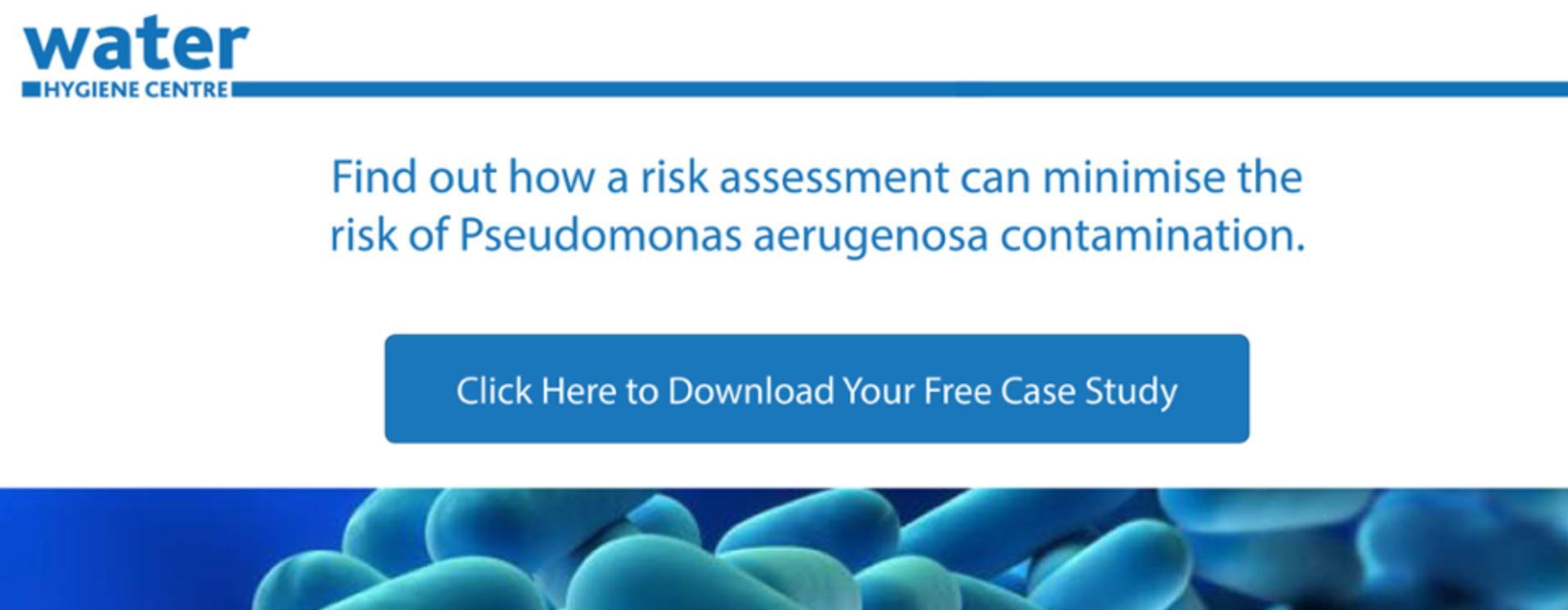 Case Study: An engineering risk assessment minimises the risk of Pseudomonas aeruginosa contamination and saves lives.
Case Study: An engineering risk assessment minimises the risk of Pseudomonas aeruginosa contamination and saves lives.
Pseudomonas aeruginosa is an infectious bacteria that can cause chronic disease in humans, plants and animals. In 2013 there was an outbreak in Belfast which lead to the deaths of three newborn babies, an unfortunate event which has given rise to major concerns in hospitals. After tests returned positive counts of the bacteria in the water at King's Mill hospital, it was time to take action.
A key factor of the challenge in this case study was understanding the potential root causes of the contamination. After multiple tests provided positive counts of Pseudomonas aeruginosa, an on-site engineering risk assessment was required which would form a plan of action for eradicating the contamination.
In this case study, you will gain a deeper understanding of why King's Mill hospital needed to be assessed, what was involved in the assessment and the benefits in the method of the engineering assessment that was taken. Simply click on the button at the bottom of this blog to download the case study document as a PDF.
Contents of the case study:
-
The challenge
-
The solution
-
The results
-
A background of King's Mill hospital
- About Water Hygiene Centre
-
Access to our free risk assessment review tool
Editors Note: The information provided in this blog is correct at date of original publication - November 2018.
© Water Hygiene Centre 2019







